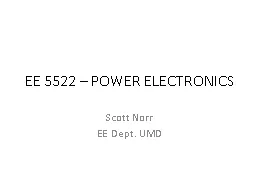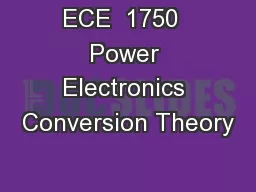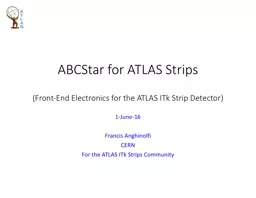PPT-Development of the readout electronics
Author : ruby | Published Date : 2024-01-29
a status report Leif Jönsson Collaboration meeting Santander 3152016 February 2014 First fully bonded carrier board ready Problems with the epoxy material for
Presentation Embed Code
Download Presentation
Download Presentation The PPT/PDF document "Development of the readout electronics" is the property of its rightful owner. Permission is granted to download and print the materials on this website for personal, non-commercial use only, and to display it on your personal computer provided you do not modify the materials and that you retain all copyright notices contained in the materials. By downloading content from our website, you accept the terms of this agreement.
Development of the readout electronics: Transcript
Download Rules Of Document
"Development of the readout electronics"The content belongs to its owner. You may download and print it for personal use, without modification, and keep all copyright notices. By downloading, you agree to these terms.
Related Documents













